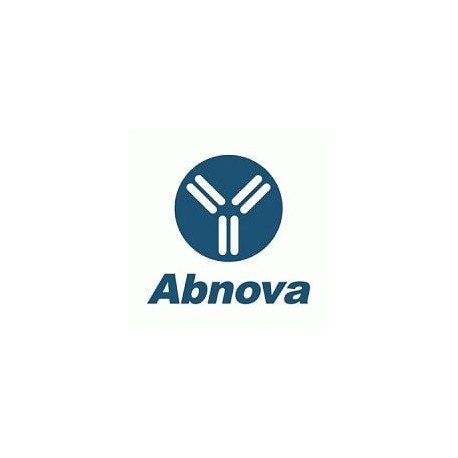Cart 0 Product Products (empty)
No products
To be determined Shipping
0,00 € Total
Prices are tax excluded
Product successfully added to your shopping cart
Quantity
Total
There are 0 items in your cart. There is 1 item in your cart.
Total products (tax excl.)
Total shipping (tax excl.) To be determined
Total (tax excl.)
Data sheet of PRDM1 polyclonal antibody
| Brand | Abnova |
| Product type | Primary antibodies |
| Reactivity | Dog,Human,Mouse,Rat |
| Host species | Rabbit |
| Applications | WB,ELISA |
More info about PRDM1 polyclonal antibody
| Brand: | Abnova |
| Reference: | PAB16909 |
| Product name: | PRDM1 polyclonal antibody |
| Product description: | Rabbit polyclonal antibody raised against synthetic peptide of PRDM1 . |
| Gene id: | 639 |
| Gene name: | PRDM1 |
| Gene alias: | BLIMP1|MGC118922|MGC118923|MGC118924|MGC118925|PRDI-BF1 |
| Gene description: | PR domain containing 1, with ZNF domain |
| Immunogen: | A synthetic peptide corresponding to C-terminus of human PRDM1 . |
| Form: | Liquid |
| Recommend dilutions: | ELISA (1:65000-1:80000) Western Blot (1:1000) The optimal working dilution should be determined by the end user. |
| Storage buffer: | In 20 mM KH2PO4, 150 mM NaCl, pH 7.2 (0.01% sodium azide) |
| Storage instruction: | Store at 4°C. For long term storage store at -20°C. Aliquot to avoid repeated freezing and thawing. |
| Note: | This product contains sodium azide: a POISONOUS AND HAZARDOUS SUBSTANCE which should be handled by trained staff only. |
| Product type: | Primary antibodies |
| Host species: | Rabbit |
| Antigen species / target species: | Human |
| Reactivity: | Dog,Human,Mouse,Rat |
| Application image: |  |
| Application image note: | Western blots using PRDM1 polyclonal antibody (Cat # PAB16909) show detection of overexpressed PRDM1 in whole transfected Raji cell lysate (Lane 2) at ~88kDa. Lane 1 shows mock transfection in whole Raji cell lysate. Detection of endogenous PRDM1 (Lane 4) is illustrated in human plasma cell nuclear extract, but not in Raji whole cell nuclear extract (Lane 3). The identity of the lower dark band at ~50-60kDa is unknown. Primary antibody was used at a 1 : 1000 dilution in 5% PBS-Tween. Personal communication, Hyesuk Yoon and Jerry Boss, Emory University, Atlanta, GA. |
| Applications: | WB,ELISA |
| Shipping condition: | Dry Ice |
| Publications: | Expression of transcription factors Pu.1, Spi-B, Blimp-1, BSAP and oct-2 in normal human plasma cells and in multiple myeloma cells.Nagy M, Chapuis B, Matthes T. Br J Haematol. 2002 Feb;116(2):429-35. |


